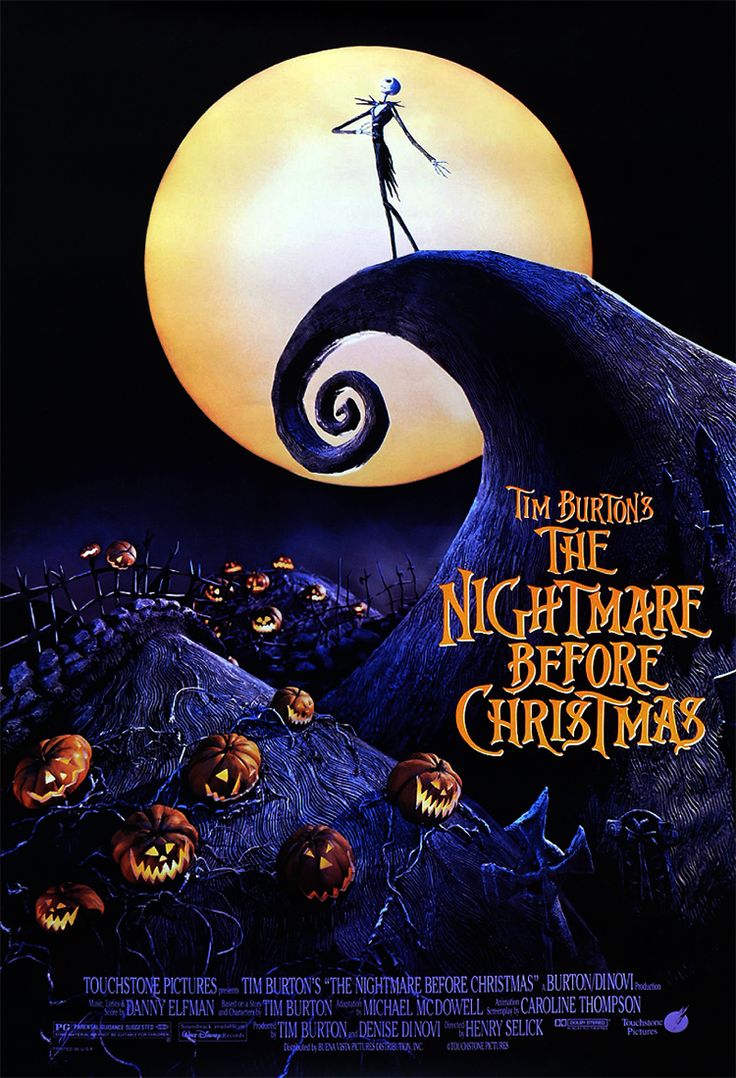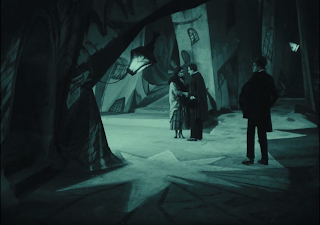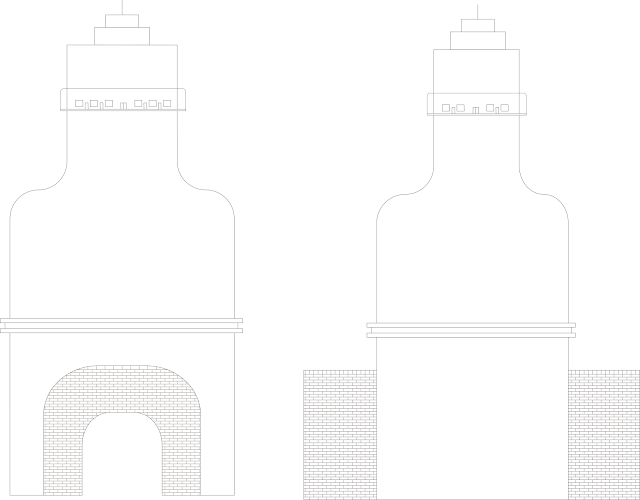The first test was this, "the coin test".
Here we have two circles moving the exact same distance, but the timing and spacing is different.
This is the onion skin for this piece of animation. As you can see the top circle moves in evenly, whereas the space in the bottom circle gets wider. Having more space between frames, gives the illusion that the circle is traveling faster.
Next, Nat wanted us to create a pendulum.
This is not how to animate a pendulum.
Pendulums work in an arcing motion, whereas this doesn't.
These are pendulums.
These actually move in an arc (which is more clear in the onion skins).
Most things in real life move in arcs more so than straight lines, so its a good thing to cover this as a basic principle of animation.





































